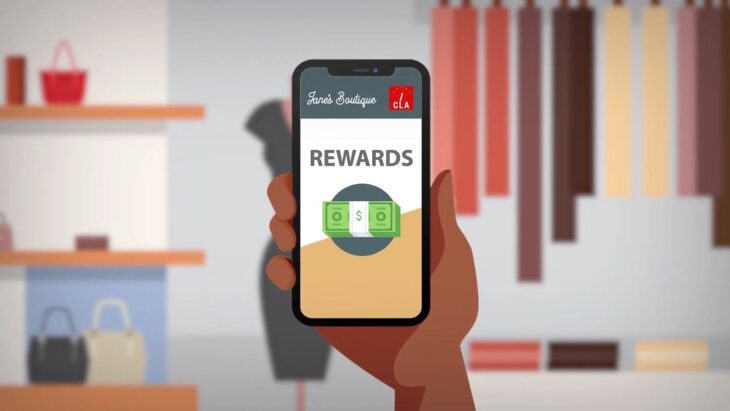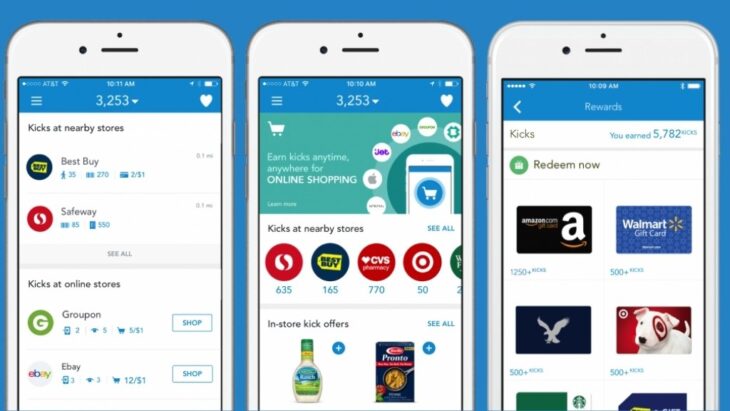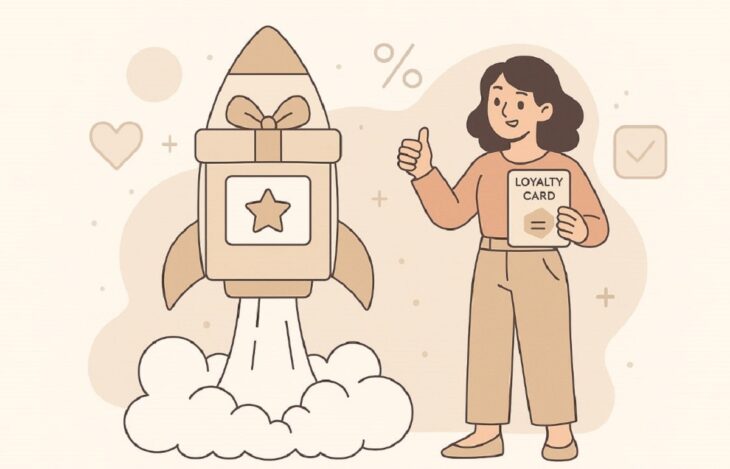Customer acquisition costs keep climbing, making retention more valuable than ever.
A strong loyalty program strengthens long-term relationships and maximizes Customer Lifetime Value (CLV).
Here are seven smart strategies to launch your first loyalty initiative effectively.
Table of Contents
Toggle1. Know Your Audience and Define Clear Goals

Loyalty begins with relevance. Programs only resonate when they match customer habits, preferences, and motivations. Data-driven decisions ensure rewards spark interest and influence behavior.
Start by collecting insights through surveys, feedback forms, and purchase history. Identify top spenders, casual buyers, and dormant customers. Behavioral segmentation helps tailor offers that truly matter.
Set precise goals aligned with broader business aims. Focus on increasing repeat purchases, boosting average order value (AOV), or reducing churn among first-time buyers. Prioritize one or two key outcomes to track progress without spreading efforts too thin.
Make every offer count by connecting it to what customers already care about. A reward loses power if it feels disconnected or generic. Personalization increases impact and reinforces trust.
2. Choose the Right Loyalty Program Type
One-size-fits-all programs rarely succeed. Different models serve different customer behaviors and business structures. Picking the right format is essential.
Popular structures include:
- Point-Based: Customers collect points with each purchase to redeem for rewards (Starbucks).
- Tiered: Engagement earns access to higher-value rewards (e.l.f. Beauty Squad, Virgin Atlantic).
- Paid/VIP: Subscriptions unlock premium benefits (Amazon Prime).
- Subscription-Based: Customers pay regularly for recurring value (Bean Box).
- Value-Based: Rewards tied to causes or donations (Sephora).
@abc7chicago Starbucks is changing one of the most generous perks of its loyalty program. #starbucks ♬ original sound – abc7chicago
A hybrid model combining tiers and points or giving users control over how they redeem creates flexibility. Test different structures on small customer segments before scaling.
Reward systems must reflect what motivates your audience. A points system may work well for frequent shoppers, while a cause-driven approach fits mission-led brands better.
3. Offer Real Value and Tangible Rewards

People join loyalty programs to feel seen and rewarded. But when promises feel empty, trust fades. Small, thoughtful perks matter – a sample, early access, or even free shipping. What often makes the biggest impact are bonuses for existing customers who stay engaged and loyal. These gestures build real connection – not just transactions.
Offer rewards like:
- Free products or samples
- Early access to product launches or exclusive sales
- Free shipping or BOGO deals
Meaningful rewards don’t always need a high cost. Small but thoughtful perks can trigger powerful emotional reactions.
Surprise-and-delight tactics work well for recognizing top-tier customers. Occasional unexpected gifts build positive associations and word-of-mouth buzz.
Hyatt’s no-minimum-entry tier strategy balances inclusivity with prestige. Everyone gets a reward, but the most engaged members feel elite. Use a similar philosophy to avoid alienating low-spending customers while still motivating higher engagement.
4. Build on Brand Values and Emotional Loyalty

Loyalty goes deeper than discounts. Emotional engagement fuels long-term retention and makes your brand part of the customer’s identity.
Anchor your program in core values. If your business promotes adventure, sustainability, or wellness, design rewards that reinforce those ideals.
Customers notice when values align across channels, offers, and messaging.
An example like The North Face XPLR Pass succeeds by offering perks that align with its adventurous spirit. Early access to gear, event invites, and member-only content all strengthen emotional connection.
Storytelling builds belonging. Use campaigns to spotlight loyal customers, share brand milestones, or celebrate shared values. Loyalty programs rooted in emotion outperform transactional-only schemes.
5. Start Small with Scalable Tech Tools

Overcomplicating the first version of a loyalty program causes delays. Start simple but choose tools that scale. Software platforms like Shopkick, Spendgo, or LoyaltyLion help manage reward systems efficiently.
Look for these essential features:
- Point tracking with clear customer visibility
- Automated reward fulfillment
- CRM integration and customer insights
- Tier management and flexible program rules
Scalability is non-negotiable. As your business grows, the system must handle more users, more reward tiers, and potentially multiple touchpoints, both online and offline.
Trial runs allow adjustments without overwhelming the team. Keep the early version lightweight, and build sophistication gradually. Focus first on rewards that are easy to implement and meaningful to customers.
6. Promote the Program Strategically
No matter how generous a loyalty program might be, it remains ineffective without strong visibility. Promotion carries equal weight as the reward structure itself.
Customers need to not only understand the benefits but also feel encouraged to act on them.
A multi-channel marketing plan ensures the program reaches both new and returning customers. Use email blasts to spotlight benefits such as free shipping, early access, or member-only rewards.
Structure campaigns to educate and remind customers about how and why they should participate. Keep emails short, visual, and benefit-driven to maximize engagement.
Leverage social media to build momentum. Reply to comments, reshare user-generated content (UGC), and celebrate milestones achieved by customers in your program.
Physical stores and in-person interactions present opportunities too. Train your staff to mention the program during checkout and use point-of-sale displays to highlight current promotions. QR codes near products can make joining instant.
Encourage superfans to amplify reach. These loyal customers are already advocates—reward them for sharing reviews, product photos, or testimonials online. Create a referral system that offers bonuses for inviting friends and give extra points for content shared across platforms.
7. Measure, Improve, and Evolve

A loyalty program cannot be static. Its strength lies in ongoing performance analysis, customer feedback, and consistent refinement. Tracking data isn’t optional—it’s essential.
Key metrics to monitor include:
- Repeat purchase rate: Measures retention effectiveness
- Loyalty program sign-ups: Gauges outreach success
- Reward redemption rate: Reveals how engaging the perks are
- Customer satisfaction: Provides insight into user experience
Each of these metrics highlights where the program succeeds and where it falls short. Low redemption rates might indicate rewards are too difficult to access. Slow sign-up growth could point to weak promotion or unclear benefits.
Use direct customer input to shape improvements. Post-purchase surveys can uncover what rewards truly matter.
Email follow-ups help gauge satisfaction and engagement. Social listening reveals how people feel about the program without being prompted. Pay attention to recurring complaints and praise; they guide practical enhancements.
Structure regular program audits.
Check if rewards remain relevant, if tiers need realignment, or if bonus structures should shift based on new customer behavior. Introduce seasonal or event-driven bonuses to keep things fresh.
Small adjustments help avoid fatigue and prevent the program from feeling outdated.
The Bottom Line
Loyalty programs should build relationships, not just transaction volume.
Focus on what customers truly value, align rewards with brand identity, and stay flexible.
Thoughtful execution creates not just repeat buyers, but lifelong advocates.

